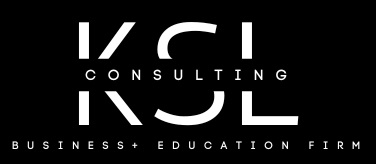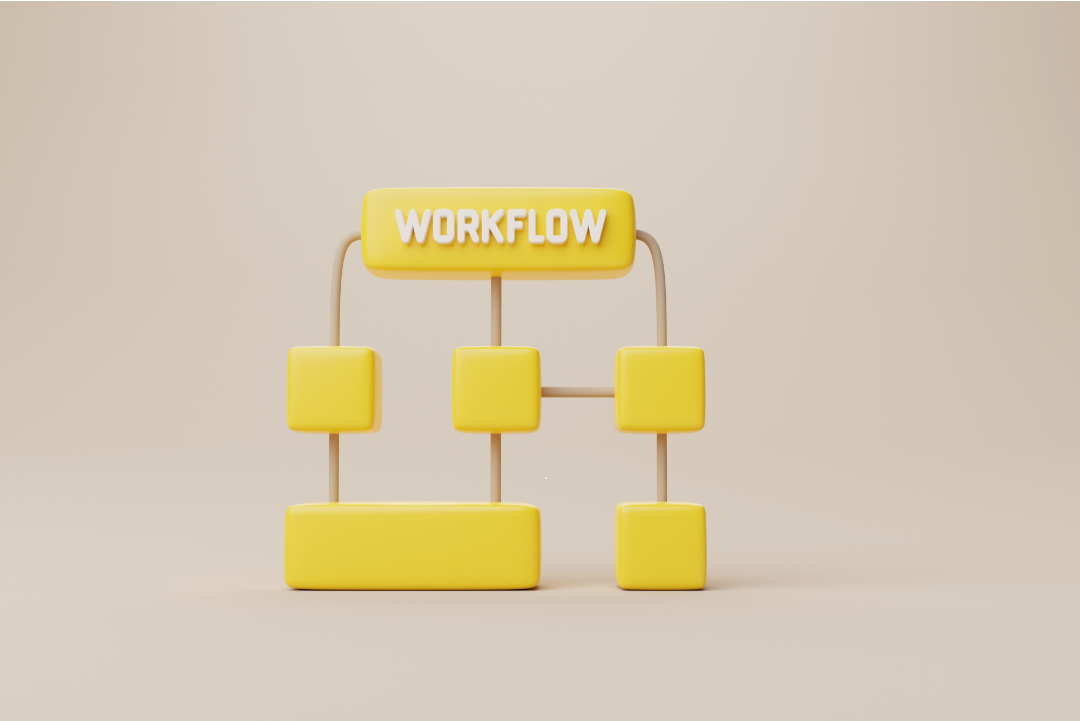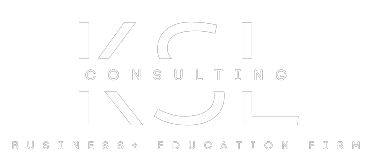Efficiency is key to delivering high-quality care and education in early childhood education settings. With limited time, resources, and staff, childcare providers must find ways to streamline operations and maximize productivity without compromising quality.
One powerful tool for improving efficiency is process mapping. Process mapping involves visually representing the steps involved in completing a specific task or process, from start to finish. By breaking down complex processes into simple, easy-to-understand diagrams, childcare providers can identify bottlenecks, redundancies, and opportunities for improvement.
For example, let’s consider the process of enrolling a new student in a childcare program. This process may involve multiple steps, including completing enrollment forms, conducting tours, collecting payment, and communicating with parents. By mapping out each step of the enrollment process, childcare providers can identify areas where delays or inefficiencies occur and develop strategies to address them.
Process mapping also helps organizations standardize procedures and ensure consistency across different locations or departments. By documenting best practices and standard operating procedures, childcare providers can reduce errors and improve the quality of services provided to children and families.
Moreover, process mapping facilitates communication and collaboration among staff members. By involving frontline staff in the process mapping process, organizations can tap into their valuable insights and expertise, leading to more effective solutions and greater buy-in from staff.
In summary, process mapping is a valuable tool for maximizing efficiency and productivity in early childhood education settings. By visually representing processes, identifying areas for improvement, standardizing procedures, and promoting collaboration among staff, process mapping enables childcare providers to deliver high-quality care and education more effectively and efficiently.








